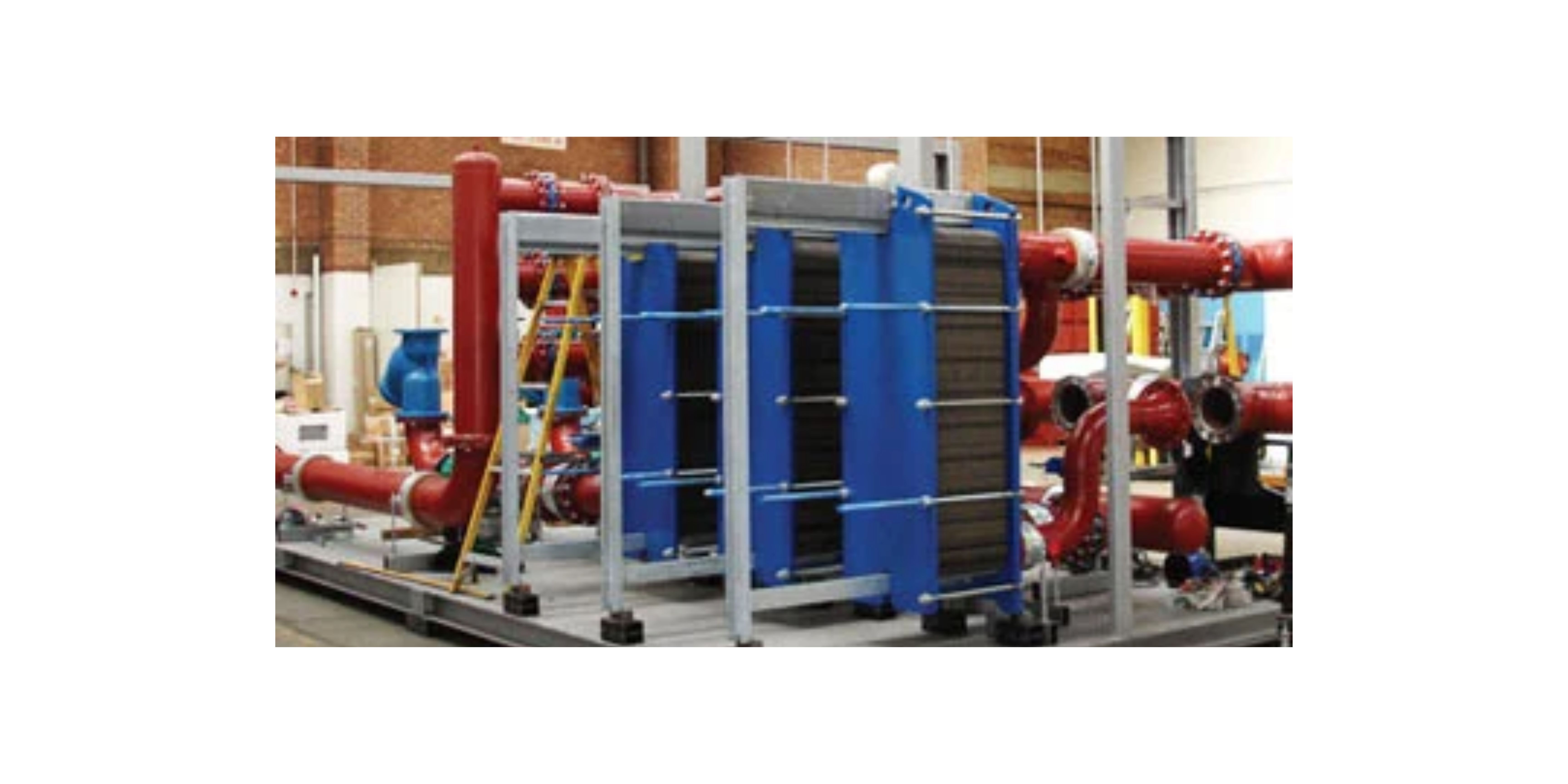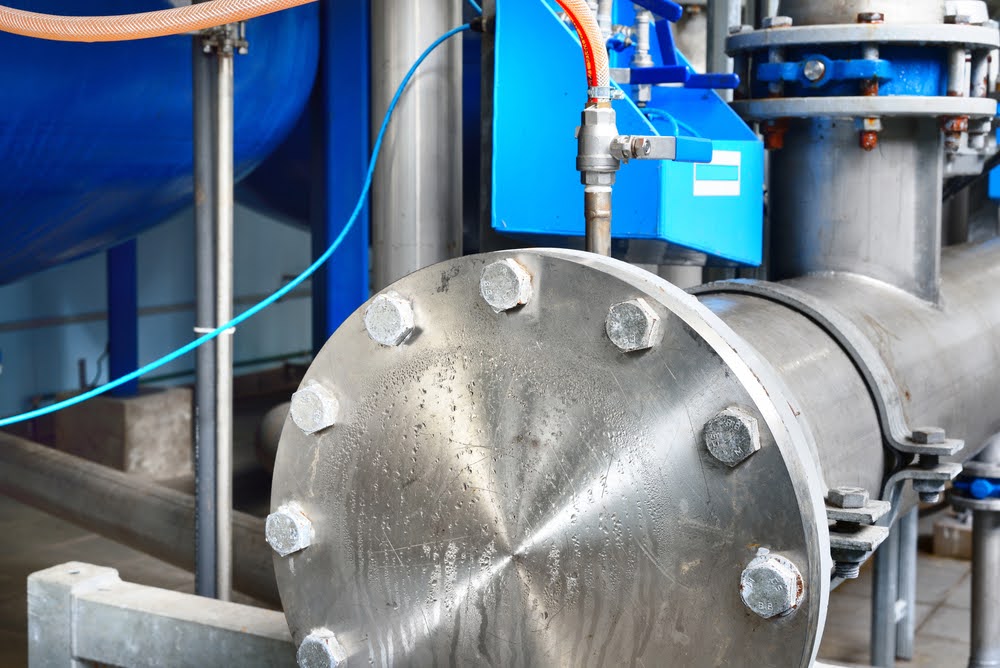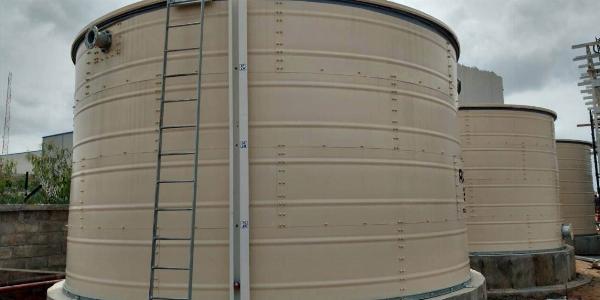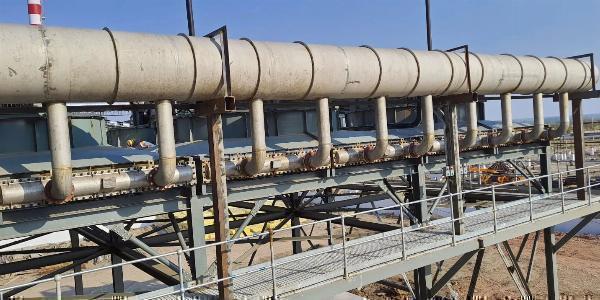Are Plate Fin Heat Exchangers More Efficient Than Traditional Models?

Strong 8k brings an ultra-HD IPTV experience to your living room and your pocket.
In industries requiring heat transfer systems, efficiency is paramount. From HVAC to chemical processing, heat exchangers play a key role in maintaining temperature stability. Plate fin heat exchangers have emerged as innovative solutions, but how do they compare to more traditional models? This article delves into the performance of plate fin heat exchangers, comparing them with options like shell-and-tube and brazed plate heat exchangers to discover their strengths and obstacles.
Understanding Plate Fin Heat Exchangers
A plate fin heat exchanger consists of multiple plates separated by fins, creating channels through which different fluids flow to transfer heat. These fins increase the surface area, enhancing heat transfer without increasing the unit’s size. Plate fin models are compact, lightweight, and able to handle diverse gases and fluids. Commonly utilized in industries like aerospace, refrigeration, and automotive, these exchangers are known for their high efficiency, particularly in scenarios demanding compact and lightweight designs.
Traditional Models: An Overview
Traditional heat exchangers, such as shell-and-tube or brazed plate heat exchangers, have been the backbone of many industries. Here's a short overview of their key characteristics:
Shell-and-tube heat exchangers: Known for their robustness and ability to handle high-pressure and high-temperature applications, but they can be bulky and slower to respond to temperature changes.
Brazed plate heat exchangers: Compact and efficient, these exchangers use brazed metal plates to transfer heat between fluids. They excel in industrial processes where space is limited and rapid heat transfer is needed.
Key Advantages of Plate Fin Heat Exchangers
High Heat Transfer Efficiency
The fins within a plate fin heat exchanger increase the surface area, allowing for more effective heat transfer with less material. This makes them highly efficient, especially in conditions where rapid heat exchange is critical.
Compact Design
Compared to traditional exchangers, such as shell-and-tube, plate fin models are much smaller. This makes them ideal for applications like refrigeration systems, where space is at a premium.
Versatility with Fluids and Gases
Plate fin models can handle both gases and liquids, making them suitable for a wide range of industries. Their compact design also allows them to function efficiently in low-pressure environments, unlike some traditional heat exchangers.
Energy Efficiency
Due to the optimized surface area and high heat transfer rate, these exchangers consume less energy, contributing to overall system efficiency. They align well with industries striving for energy conservation and sustainable practices.
Comparison with Brazed Plate Heat Exchangers
Both brazed plate heat exchangers and plate fin exchangers are known for their efficiency, but they serve slightly different needs. Brazed plate models are typically utilized in liquid-to-liquid applications, such as cooling systems or industrial heating processes. On the other hand, plate fin heat exchangers excel in gas-to-liquid or gas-to-gas heat transfer, making them more suitable for applications like refrigeration or air-conditioning systems.
While brazed plate models are also compact and efficient, they may not perform as well in high-temperature environments as plate fin exchangers. Additionally, plate fin heat exchangers offer more flexibility in design, with various fin arrangements to meet specific thermal needs.
Challenges and Limitations of Plate Fin Heat Exchangers
Despite their advantages, plate fin heat exchanger have some drawbacks:
Susceptibility to Fouling: The narrow channels in these exchangers can accumulate deposits, reducing performance over time. Regular maintenance is crucial to prevent fouling.
Limited to Low-Pressure Systems: While they may be efficient, plate fin exchangers may not be ideal for applications requiring high-pressure operations.
Manufacturing Costs: The specialized design of these exchangers can make them more expensive upfront compared to traditional models like shell-and-tube exchangers.
Best Applications for Plate Fin Heat Exchangers
Due to their unique features, plate fin heat exchangers excel in several industries:
Aerospace: Lightweight and compact, they are used in aircraft systems for efficient temperature regulation.
Refrigeration and HVAC: These exchangers help maintain precise temperature control in air-conditioning and refrigeration devices.
Automotive: They play a crucial role in engine cooling and air-conditioning systems for vehicles.
Conclusion: Are Plate Fin Heat Exchangers More Efficient?
When evaluating plate fin heat exchangers to conventional models, the answer largely depends on the application. For systems that require compact designs, lightweight components, and efficient gas-to-gas or gas-to-liquid heat transfer, plate fin exchangers outperform many traditional alternatives. However, in high-pressure applications or those requiring rugged durability, traditional models like brazed plate heat exchangers or shell-and-tube designs may still be preferable.
Ultimately, the selection between plate fin heat exchangers and other options should be based on the specific operational needs, budget, and maintenance capabilities. Both technologies offer significant advantages, but plate fin exchangers are leading the way in industries demanding better energy performance and space-saving designs.
Note: IndiBlogHub features both user-submitted and editorial content. We do not verify third-party contributions. Read our Disclaimer and Privacy Policyfor details.







